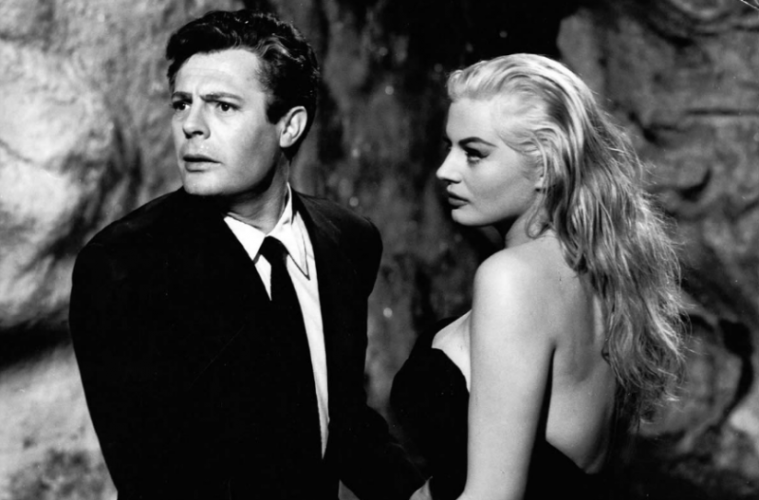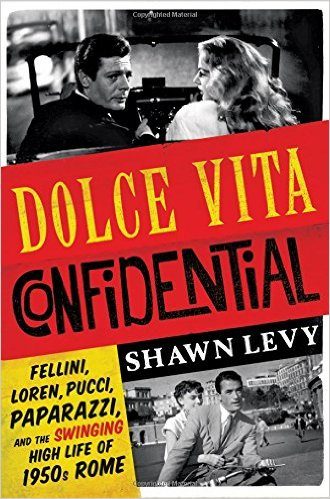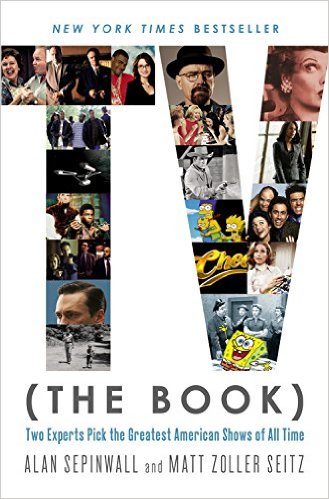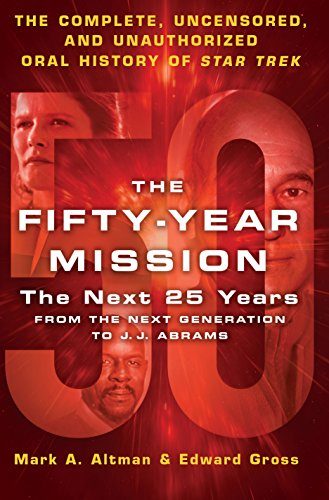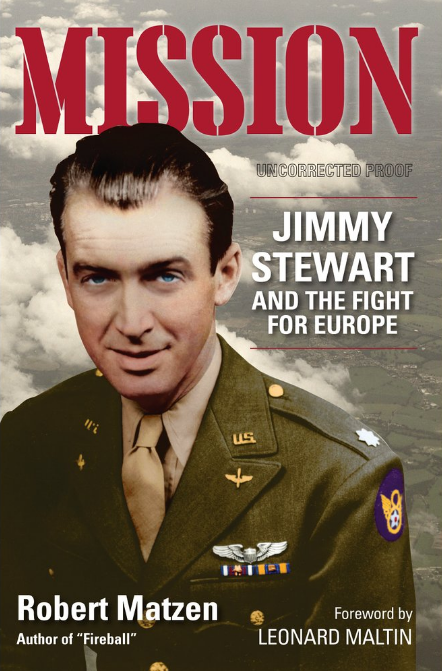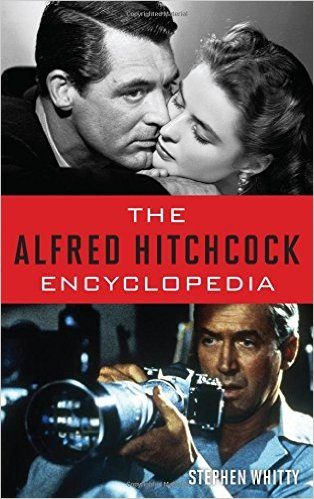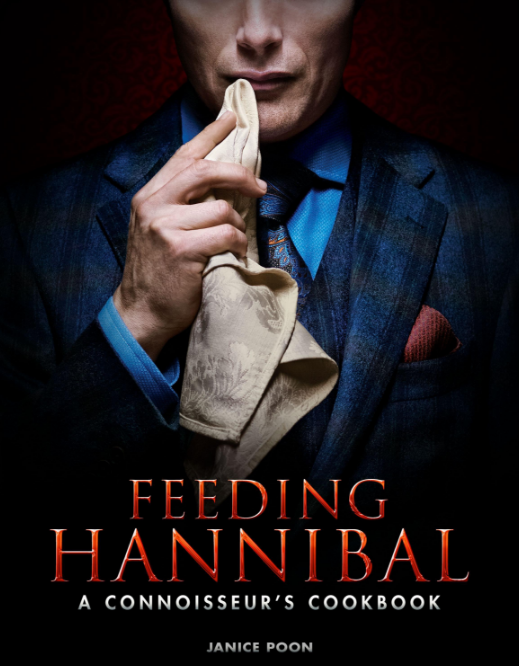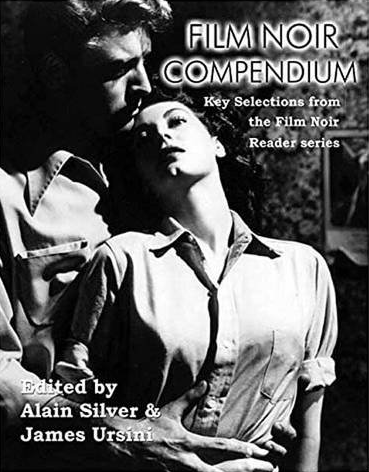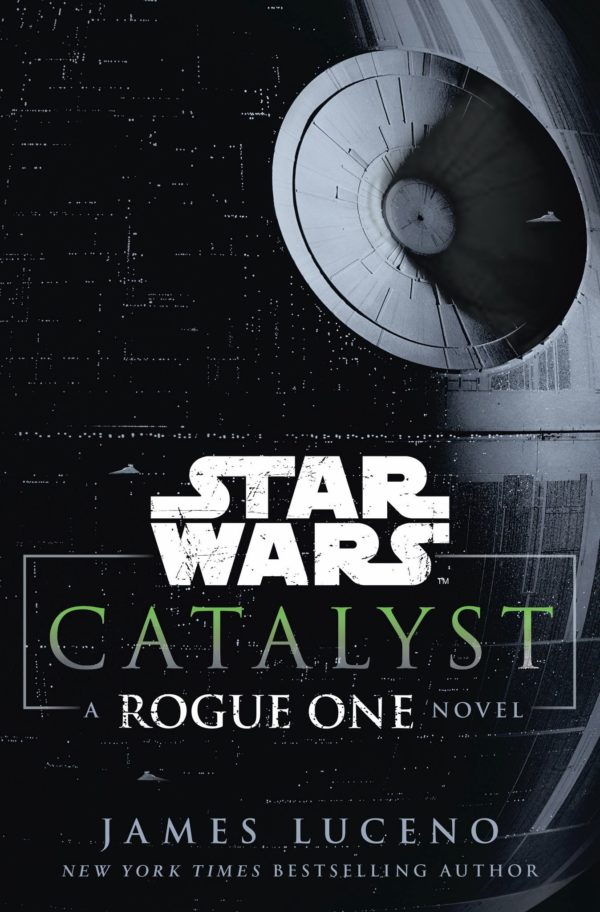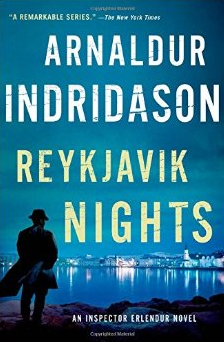
It’s the most wonderful time of the year for film fans, with some of the best films of the year in theaters and lots of elaborate and thoroughly-researched books to read. This rundown has real variety, with new and recent texts covering cinema history, TV greats, and, of course, Star Wars. Note that one of this year’s finest books, The Oliver Stone Experience (Abrams Books), was covered by The Film Stage in September via an interview with author Matt Zoller Seitz. Make sure to check out Experience, and see below for another fine selection from the prolific Seitz.
Star Wars Year by Year: A Visual History, Updated Edition by Daniel Wallace (DK Publishing)
It’s a fantastic idea: a book that offers a timeline not of the Star Wars story, but of the Star Wars phenomenon. This newly updated edition of the 2010 release now includes recent works like The Force Awakens and Star Wars Rebels, ending with Rogue One: A Star Wars Story and the soon-to-arrive Star Wars-themed lands at Walt Disney World and Disneyland. Quite simply, everything is here: the BBC radio adaptations, that odd magazine cover of George Lucas without his beard, Star Tours, Phineas and Ferb: Star Wars, Disney Infinity. It’s an exhaustive, enormously entertaining coffee table book that succeeds in not only charting the progression of the series, but also configuring its place in popular culture.
Dolce Vita Confidential: Fellini, Loren, Pucci, Paparazzi, and the Swinging High Life of 1950s Rome by Shawn Levy (W.W. Norton & Company)
Levy’s account of 1950s Rome is a stunning parade of legendary names and insightful details. The writing is wonderful (he first describes Fellini as a “cartoonist, journalist, gag writer, script doctor, and shambling man-about-town”) and the imagery unforgettable. Here, for example, is Levy on Marcello Mastroianni’s decision to stay based in Italy rather than the U.S.: “In Rome, he explained, he knew where to go for a coffee, where to get his haircut, where to test-drive the sports cars in which he’d begun to indulge himself once he started commanding substantial salaries. And he had a friendly relationship with a press corps that granted him a remarkable degree of discretion as he indulged in what had become a habit of wandering from the steadfast marriage he bragged about in interviews.” Imagine that! Dolce Vita Confidential is a delight for film fans and anyone who adores yesterday’s pop landscape.
TV (The Book) by Alan Sepinwall and Matt Zoller Seitz (Grand Central Publishing)
Who better to ponder the greatest television shows of all time than Matt Zoller Seitz and Alan Sepinwall? Both critics are responsible for some of the finest writing about the medium in recent history, via New York Magazine/RogerEbert.com and HitFix.com, respectively. TV (The Book) is like a long, nicely conversational conversation, one that hits the obvious (The Wire, The Simpsons, Mad Men) and the less-so (Terriers, Futurama). Most effective is the analysis of series that proved to have a lasting impact beyond their initial success, like It’s Garry Shandling’s Show. (Seitz calls it “the most Brechtian sitcom of the ’80s.”) It’s also interesting to hear the authors’ take on some of the current greats of TV, like the FX drama Fargo. (“It had no business working,” Sepinwall writes. “None.”)
The Fifty-Year Mission: The Complete, Uncensored, Unauthorized Oral History of Star Trek: Volume Two: The Next 25 Years by Edward Gross and Mark A. Altman (Thomas Dunne Books)
The second volume in the Star Trek oral history series from Edward Gross and Mark A. Altman is just as compelling as the first. Covering the Next Generation series and films, the later small-screen Trek installments (Deep Space Nine, Voyager, Enterprise), and the J.J. Abrams’ films, The Fifty-Year Mission: The Next 25 Years includes virtually every figure of note. What’s most involving, however, is the painstaking analysis of some of the Trek failures. Perhaps the biggest of those failures was the final Next Generation film, Nemesis, and the cast holds director Stuart Baird most responsible. Costar Marina Sirtis sums up the cast’s feelings best: “The director was an idiot.” Of course, there are triumphs as well, and ending with Star Trek rejuvenated and reinvigorated on the big screen makes for a fitting conclusion. If you are even the least bit interested in Gene Roddenberry’s creation, these two books are a must.
Mission: Jimmy Stewart and the Fight for Europe by Robert Matzen (GoodKnight Books)
It’s difficult to find new ground to cover when discussing the personal life of a legendary figure like Jimmy Stewart, but author Robert Matzen more than pulls it off in Mission: Jimmy Stewart and the Fight for Europe. This seriously researched and hugely illuminating text explores the actor’s wartime exploits, and the effect these experiences had on his later life and career. The level of detail is astounding, from stories of his ladies-man days with pal Henry Fonda to the ways in which It’s a Wonderful Life benefited from his military service. (Wonderful Life, Matzen writes, was his Stewart’s first post-war film, and “called on him to express a range of emotions he had never tapped into before.”) The star was never quite the same: “Stewart rarely spoke about his military service and never about combat … Jim being Jim, the memories remained locked inside.”
The Alfred Hitchcock Encyclopedia by Stephen Whitty (Rowman & LIttlefield Publishers)
If ever there is a cinematic kingpin deserving of an encyclopedia, it is Alfred Hitchcock. Journalist and critic Stephen Whitty brings humor and insight to The Alfred Hitchcock Encyclopedia, and that makes the text a real delight. The reader can open the 500-page book in random spots and invariably find a worthy entry. Whitty’s takes on John Gavin (a “tall, dull, and handsome leading man”), Kim Novak (her “shyness [was] so often mistaken for hauteur”), and so many others are a treat. And his takedown of Gus Van Sant’s Psycho (Whitty calls it “an inexplicable remake”) is hard to disagree with. His Encyclopedia undoubtedly belongs on every cinephile’s shelf.
Guillermo del Toro’s Pan’s Labyrinth: Inside the Creation of a Modern Fairy Tale by Mark Cotta Vaz with Nick Nunziata (Harper Design)
It is the tenth anniversary of Guillermo del Toro’s Pan’s Labyrinth, and the more time that passes, the stronger the film seems. This new making-of text is painstakingly piece together, with interviews, the filmmaker’s own drawings and designs, and on-set photography. Most enjoyable is the time spent hearing from del Toro himself, a unique and inimitable figure in modern film. “I know I’m a bit of an alien,” he states in Modern Fairy Tale. “I don’t quite belong in a genre and I don’t quite belong in an industry.” Those comments provide a clue how a story as visually unforgettable and dramatically compelling as Pan’s Labyrinth came to be.
Feeding Hannibal: A Connoisseur’s Cookbook by Janice Poon (Titan Books)
There has to be something that screams “fun” on this list, doesn’t there? The fiendishly clever Feeding Hannibal: A Connoisseur’s Cookbook offers a stunning array of recipes written for the beloved, dearly departed NBC series Hannibal. The titles alone are wondrous — “Using Your Brains in the Kitchen,” “Rack of Sacrificial Lamb,” “Hannibal’s Disarming Way with Ham.” These creations from Toronto-based food stylist Janice Poon sound seriously tasty, and the accompanying text and photos are a droll delight. (Poon on “Hong Kong Ribs”: “To shoot the scene, I used baby back ribs because they can be twisted to resemble a human ribcage.”)
Film Noir Compendium: Key Selections from the Film Noir Reader Series by James Ursini and Alain Silver (Applause Books)
Like The Alfred Hitchcock Encyclopedia, the Film Noir Compendium edited by James Ursini and Alain Silver should be a required read for new film fans. But that’s a rather limiting classification, since it fails to highlight the inherent joy in these articles. The newly updated compilation features legendary critics like Robin Wood as well as critics-turned-filmmakers like Paul Schrader and Claude Chabrol. Standouts include an analysis of Kiss Me Deadly with perfectly chosen stills and a stunning, deep dive into Out of the Past.
BONUS: NOVELS ROUND-UP
Catalyst: A Rogue One Novel by James Luceno (Del Rey)
It’s almost time (at last) for Rogue One: A Star Wars Story, and we still know very little about the intricacies of the story. That’s a good thing. However, some background never hurts, and that’s why Catalyst: A Rogue One Novel by James Luceno is an essential December read. The focus here is on the relationship between Orson Krennic and scientist Galen Erso, and of course, the reader can easily imagine Ben Mendelsohn and Mads Mikkelsen in their respective roles. There are surprise cameos (I hope you’re seated, Poggle the Lesser fans), but it’s the Krennic-Erso face-off that resonates strongest.
Star Wars: Ahsoka by E.K. Johnston (Disney-Lucasfilm Press)
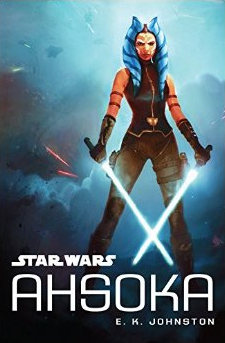
We have The Clone Wars TV series (and the less-successful film) to thank for many unique additions to the Star Wars canon, and at the top of the list is certainly Ahsoka Tano, Anakin Skywalker’s Padawan apprentice. She finally gets to be the central character in E.K. Johnston’s novel Star Wars: Ahsoka. Smartly, the book focuses on Tano’s time after she left the Jedi order — in other words, the time between The Clone Wars and Star Wars Rebels — and it’s a fine, well-written story involving her experiences on a farming moon. And like Catalyst, there are some crucial cameos that tie the novel in with Rebels, A New Hope, and beyond.
Reykjavik Nights: An Inspector Erlendur Novel by Arnaldur Indridason (Picador)
I was unaware of author Arnaldur Indridason and his Inspector Erlendur series before the recent release of the brisk, relentlessly entertaining Reykjavik Nights. Now I can’t wait to read the rest of the Icelandic detective’s adventures. Like Jo Nesbo’s Harry Hole, Erlendur is flawed and fascinating, and this prequel about two seemingly unconnected killings is a perfect introduction.
See more recommended books on filmmaking.
What are you reading? Have you enjoyed any of the above picks?

